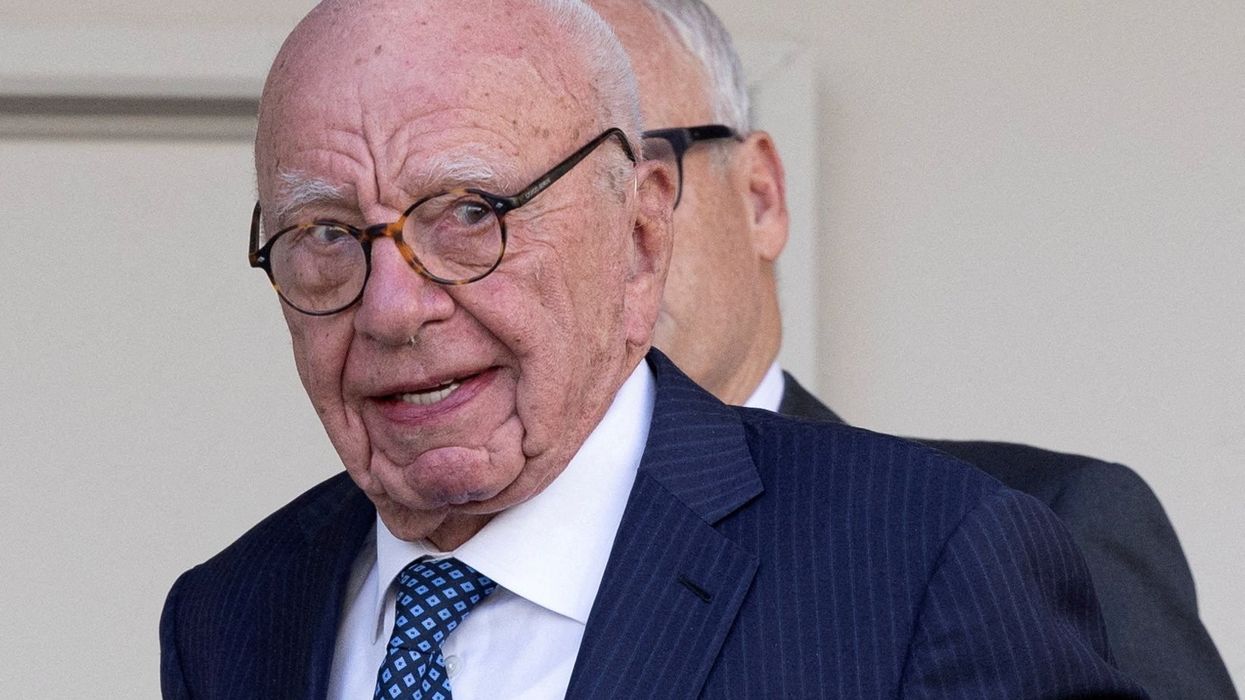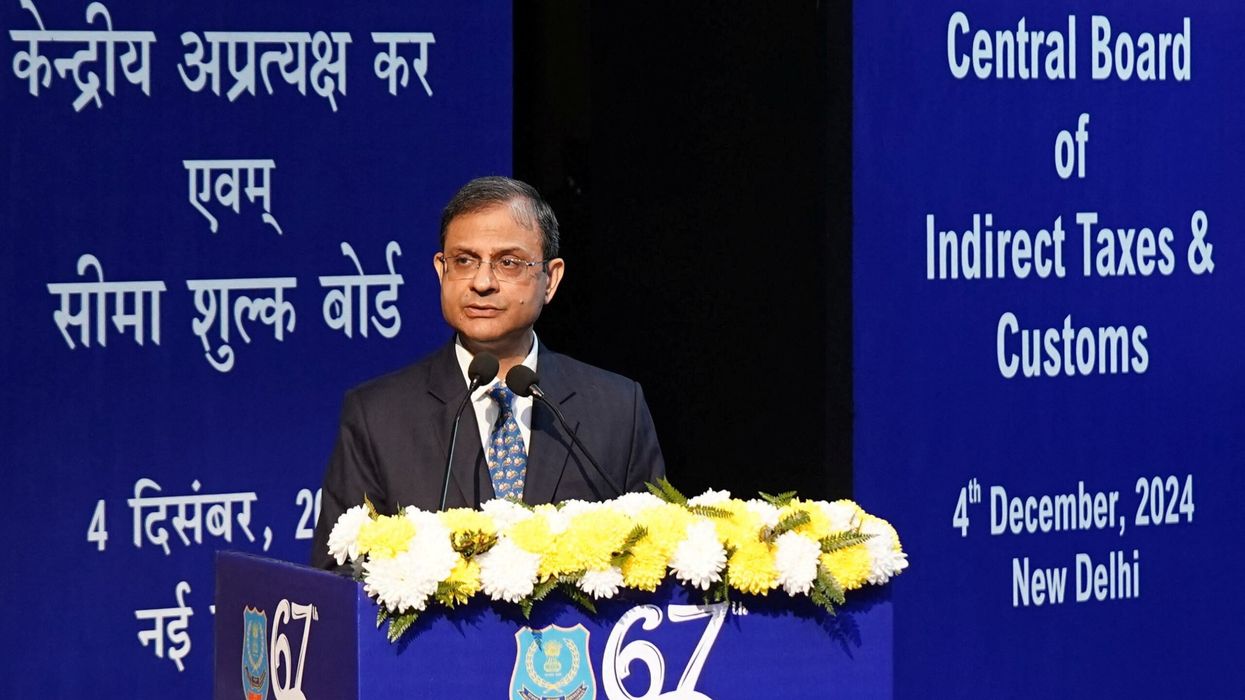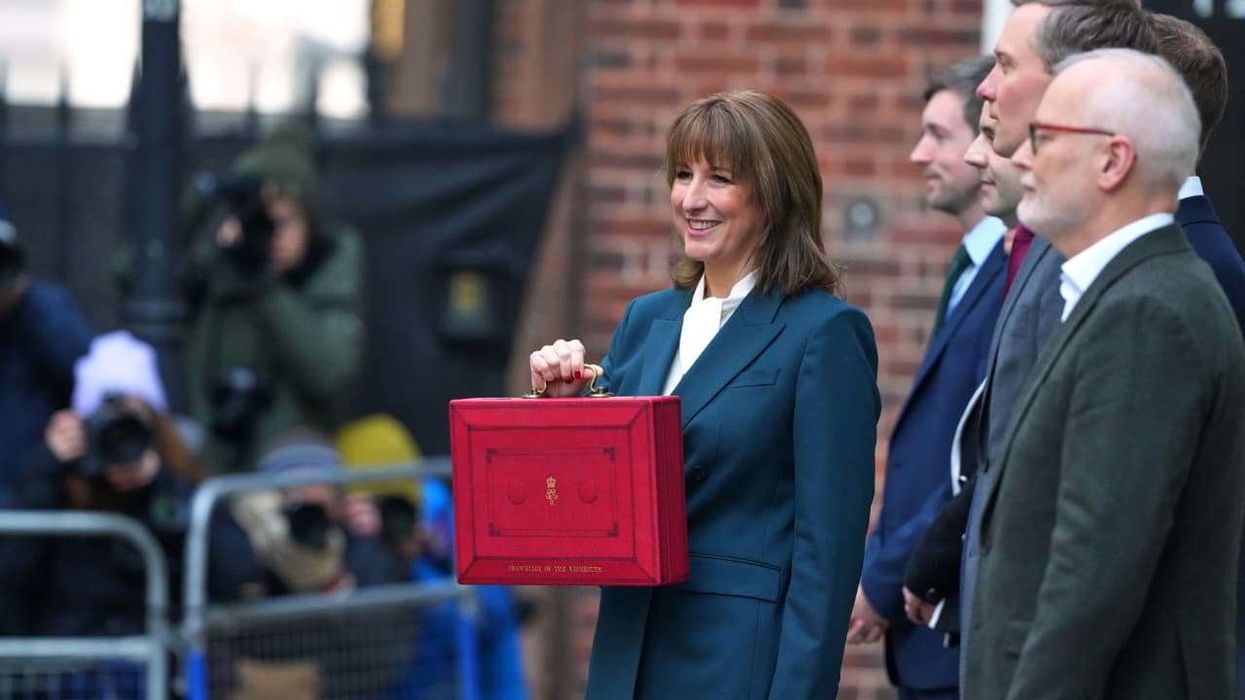BRITISH Indian steel tycoon Sanjeev Gupta aims to consolidate his steel and mining businesses operating around the globe into a single company.
The company will be created as a single entity by the end of the year, comprising businesses accumulated worldwide by his Gupta Family Group (GFG) Alliance entity.
It will emerge as the eighth largest business in the world outside China, according to Gupta.
“A single global company with 18 million tonnes of rolled steel capacity annually is to be launched through a consolidation of GFG Alliance’s steel businesses, with an ambition to lead the industry towards a carbon-neutral future,” the company said in a statement on Tuesday (29).
The Liberty Steel Group, which altogether employs 30,000 people in 10 countries, will be incorporated through a merger of GFG’s upstream and downstream steel manufacturing, mining, and distribution businesses around the world.
Liberty Steel Group will be the eighth largest steel producer outside China, with operations stretching from Australia to continental Europe, the UK and the US, and it will have annual sales of approximately $15 billion.
Although individual businesses will retain a high degree of autonomy, consolidated accounts will be produced and a united strategy will be developed, the company said.
At the heart of the group’s mission will be an ambition to build on GFG’s existing green steel strategy to aim for net carbon neutral status by 2030 – placing Liberty Steel Group on the pathway to become the first carbon neutral steel company in the world.
This will include exploration of the best use of new technologies such as hydrogen generated from renewable power to produce steel.
The green steel strategy focuses on using electric arc furnaces to recycle scrap steel, rather than producing all material from scratch, as well as using renewable sources of energy.
Liberty’s plants already recycle three million tonnes of scrap steel annually, with investment underway in electric arc furnaces in the UK, Australia, and the US.
Speaking at World Steel Dynamics’ European Conference in Milan Sanjeev Gupta, Executive Chairman of GFG Alliance, said: “We are creating a new force in steel with the size, scale and agility to forge a path towards a sustainable future for our steel businesses and the communities in which we operate.
“Our integrated group will stretch around the world, with a financial and governance structure suitable for an intercontinental business of our size.
“Liberty Steel aims not just to produce top-quality steel but to be an agent of change in the industry. In doing so, we can open the door to the re-industrialisation of the developed world by reviving and restoring often neglected industry.”
Liberty Steel Group will include operations drawn from Liberty House in the UK, Liberty Steel Continental Europe, Liberty Steel USA, Infrabuild and Liberty Primary Steel and Mining Australia.
It will be organised in three divisions: Liberty Primary Steel, Liberty GreenSteel, and Liberty Engineered Steel.












